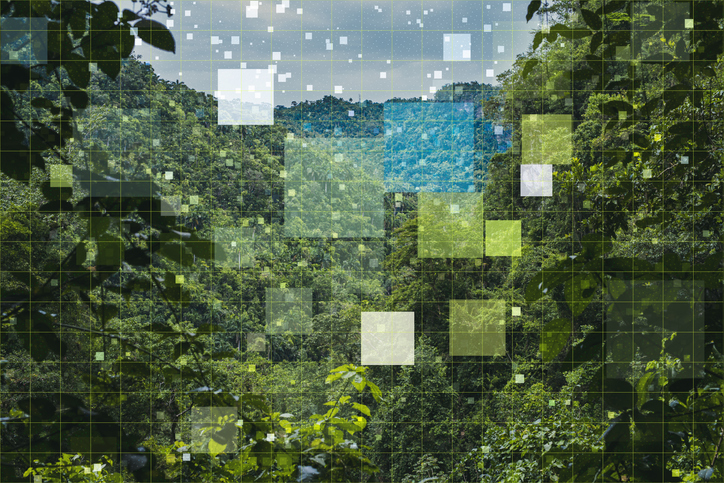Monday, June 30, 2025
The government of Canada has released a strengthened climate plan – “A Healthy Environment and a Healthy Economy” – to help achieve federal economic and environmental goals.
The proposed plan, supported by an initial $15 billion in investments, is expected to make life more affordable for Canadians, make communities more livable, and, at every turn, focus on creating jobs, growing the middle class, and supporting workers in a stronger and cleaner economy. The plan introduces a timeframe for introducing a price on carbon.
“As we continue to address the impacts of COVID-19 and ensure our strong economic recovery, we must also continue to fight climate change for the good of Canadians, our economy, and our planet,” said Justin Trudeau, Prime Minister of Canada. “Canadians don’t have to choose between clean air and good jobs. This strengthened climate plan will help us build a healthier, fairer, and more resilient future that we can be proud to pass on to our children and grandchildren.”
According the federal government, the plan’s measures will:
- Reduce energy waste: Cut pollution, make life more affordable, and create thousands of good new jobs by making it easier for Canadians to improve the energy efficiency of the places where they live and gather, including through investments in retrofits.
- Provide clean, affordable transportation and power: Build cleaner communities and help Canadians get around in more affordable ways, by expanding the supply of clean electricity through investments and other measures to increase renewables and next-generation clean energy and technology.
- Polluters to pay: Give more money back to households in a way that leaves the majority of them better off, and reduce pollution, by continuing to put a rising price on pollution through to 2030.
- Build Canada’s clean industrial advantage: Create economic growth, cut pollution, and ensure Canadians continue to have good-paying and long lasting jobs by helping Canadian businesses reduce emissions and make low-carbon products that the world wants to buy now and into the future.
- Embrace the power of nature to build resilience: Cut pollution, clean the air we breathe, create jobs, and make our communities more resilient to extreme weather by planting two billion trees, supporting sustainable farming, and better managing, conserving, and restoring natural environments.
Canada’s strengthened climate plan builds on continuing work with provinces and territories through the Pan-Canadian Framework on Clean Growth and Climate Change (PCF), which was released in 2016. When coupled with the PCF, the strengthened plan will do more to cut pollution in a practical and affordable way than any other climate plan in Canada’s history.
The plan means that Canada can exceed its 2030 Paris Agreement emissions reduction target and establish the building blocks to get to net-zero by 2050. The proposed plan will also enable Canada to be an active and constructive player in the global fight against climate change.
“This is a plan that will help achieve both Canadians’ environmental goals and our economic hopes: clean air, clean water and long-term secure jobs,” said Jonathan Wilkinson, Minister of Environment and Climate Change. “It means we will exceed Canada’s 2030 climate target while positioning Canadians to thrive in an increasingly low-carbon economy. It contains 64 strengthened and new federal policies, programs and investments to cut pollution and build a stronger, cleaner, more resilient and inclusive economy.”
The estimated size of the global clean technology market is expected to range between $2.5 trillion and $6.4 trillion (USD) by 2022-23. This strengthened climate plan is designed to help seize that opportunity and positions Canadian workers and businesses to be among the leaders in the increasingly low-carbon global economy.
In the recent Fall Economic Statement, the Government of Canada proposed to support the economy’s clean and competitive transition by providing grants to help Canadians make their homes greener and more energy-efficient. It will provide additional funds for the installation of new charging and refueling stations for zero-emission vehicles, and more support for large-scale clean power transmission projects.
Environmental organizations across the province are voicing support for the plan:
“By making a long-term commitment to regular and transparent increases in Canada’s carbon price, Canada is sending a clear signal to investors in the electricity sector, and across the economy, that the time to invest in low- and no-carbon solutions is now—and that the rate of investment needs to be accelerated,” said Robert Hornung, president and CEO of CanREA.
“If they follow through with all this, that closes the gap between rhetoric and policy action,” said Dale Beugin of the Canadian Institute for Climate Choices. He said the plan’s 10-year time frame gives businesses a clear picture of what’s ahead. “That creates incentives to create long-term investment.”
“There’s no two ways about it: the updated climate plan is historically and globally significant. The plan will retool and position Canada’s economy to be increasingly competitive in a low-carbon world,” said Merran Smith, executive director of Clean Energy Canada. The organization welcomes the news that the carbon price will increase by $15 a year until 2030, starting in 2023.
This full document is available here.
Climate action is how we must rebuild as we look towards the future. It will create good jobs in all corners of this country and ensure our kids inherit a healthy planet. Learn more about Canada’s Strengthened Climate Plan: https://t.co/Z4XhO7QM7J pic.twitter.com/iZKSmSUHGO
— Jonathan Wilkinson 🇨🇦 (@JonathanWNV) December 11, 2020
A couple days ago, we announced Canada’s strengthened climate plan. It’ll protect our environment, it’ll create good jobs, it’ll make your life more affordable, and it’ll make our economy more resilient and competitive. To find out how, click here: https://t.co/1YLUNUpsn4 pic.twitter.com/1iFyhzhUKk
— Justin Trudeau (@JustinTrudeau) December 13, 2020











